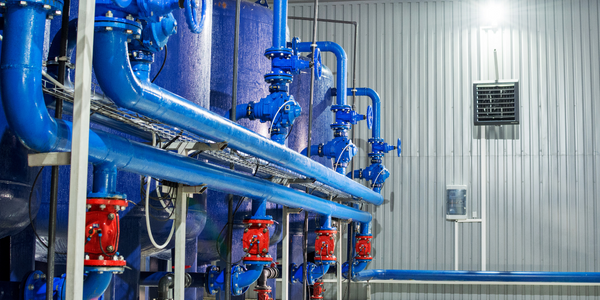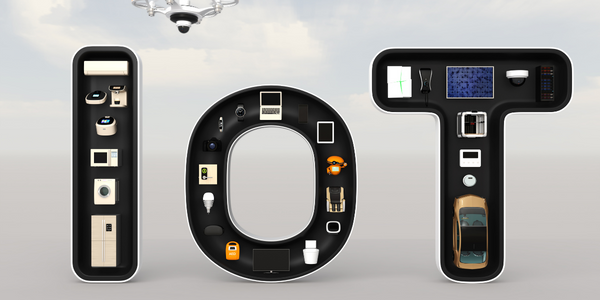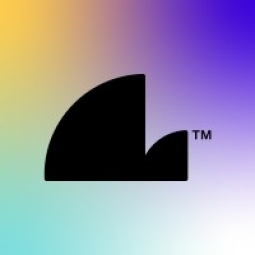Technology Category
- Sensors - GPS
- Sensors - Lidar & Lazer Scanners
Applicable Industries
- Buildings
- Equipment & Machinery
Applicable Functions
- Product Research & Development
Use Cases
- Time Sensitive Networking
About The Customer
Herdwick Landscapes is a Staffordshire, UK-based company in the Arts and Crafts industry, founded by Peter and Kate Kelsall. The company specializes in designing and creating period stone dolls' houses, modeled on the classic stone buildings found in England's north-west Lake District. These miniature models are crafted with an incredible attention to detail, embodying the characteristic features of a period house, right down to panelled or wattle and daub partition walls, removable floorboards, flagstone floors, wooden or stone stairs, fireplaces, and inglenooks. The company's range includes buildings based on the tales of renowned author Beatrix Potter, as well as a number of commissions. Each dolls' house comes with its own deed of conveyance, providing a brief history of the building and a description of the type of residents it would have housed.
The Challenge
Herdwick Landscapes, a UK-based company specializing in the creation of period stone dolls' houses, faced significant challenges in their production process. The company, founded by Peter and Kate Kelsall, was inspired by the rugged beauty of England's north-west Lake District and aimed to create miniature models that accurately represented the classic stone buildings found in this region. However, crafting these intricate models by hand was extremely time-consuming and physically challenging, particularly when working at a 1/48th scale. The finer details, such as fretwork, windows, and doors, were particularly difficult to produce. The labor-intensive nature of the work also limited the range of styles they could offer, and some elements, like windows and fireplaces that light up, were simply too small to create by hand at the 1/48 scale.
The Solution
To overcome these challenges, Peter and Kate decided to incorporate CorelDRAW Graphics Suite into their production process. This graphics software enabled them to design more intricate work and produce much more detailed models. They used CorelDRAW for their house plans, windows and doors, engraving, furniture design, and to simulate carving. The software's Toolbox, with its vector shapes and drawing tools, proved particularly useful, as did the Color Styles docker for maintaining color consistency across projects. The transformation tools also facilitated the positioning, skewing, and rotating of objects. Additionally, the Kelsalls added an HPC laser cutter to their toolkit, which allowed them to output CorelDRAW files directly and benefit from precision-cut pieces. The laser cutter interpreted the fill tool in CorelDRAW as an engraving, enabling even finer touches to be added to their work.
Operational Impact
Quantitative Benefit

Case Study missing?
Start adding your own!
Register with your work email and create a new case study profile for your business.
Related Case Studies.

Case Study
Smart Water Filtration Systems
Before working with Ayla Networks, Ozner was already using cloud connectivity to identify and solve water-filtration system malfunctions as well as to monitor filter cartridges for replacements.But, in June 2015, Ozner executives talked with Ayla about how the company might further improve its water systems with IoT technology. They liked what they heard from Ayla, but the executives needed to be sure that Ayla’s Agile IoT Platform provided the security and reliability Ozner required.

Case Study
IoT enabled Fleet Management with MindSphere
In view of growing competition, Gämmerler had a strong need to remain competitive via process optimization, reliability and gentle handling of printed products, even at highest press speeds. In addition, a digitalization initiative also included developing a key differentiation via data-driven services offers.

Case Study
Predictive Maintenance for Industrial Chillers
For global leaders in the industrial chiller manufacturing, reliability of the entire production process is of the utmost importance. Chillers are refrigeration systems that produce ice water to provide cooling for a process or industrial application. One of those leaders sought a way to respond to asset performance issues, even before they occur. The intelligence to guarantee maximum reliability of cooling devices is embedded (pre-alarming). A pre-alarming phase means that the cooling device still works, but symptoms may appear, telling manufacturers that a failure is likely to occur in the near future. Chillers who are not internet connected at that moment, provide little insight in this pre-alarming phase.

Case Study
Premium Appliance Producer Innovates with Internet of Everything
Sub-Zero faced the largest product launch in the company’s history:It wanted to launch 60 new products as scheduled while simultaneously opening a new “greenfield” production facility, yet still adhering to stringent quality requirements and manage issues from new supply-chain partners. A the same time, it wanted to increase staff productivity time and collaboration while reducing travel and costs.

Case Study
Energy Saving & Power Monitoring System
Recently a university in Taiwan was experiencing dramatic power usage increases due to its growing number of campus buildings and students. Aiming to analyze their power consumption and increase their power efficiency across 52 buildings, the university wanted to build a power management system utilizing web-based hardware and software. With these goals in mind, they contacted Advantech to help them develop their system and provide them with the means to save energy in the years to come.

Case Study
Integration of PLC with IoT for Bosch Rexroth
The application arises from the need to monitor and anticipate the problems of one or more machines managed by a PLC. These problems, often resulting from the accumulation over time of small discrepancies, require, when they occur, ex post technical operations maintenance.







